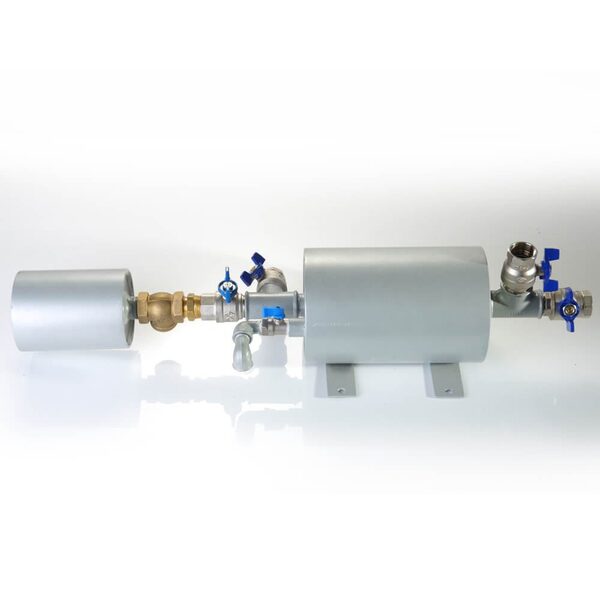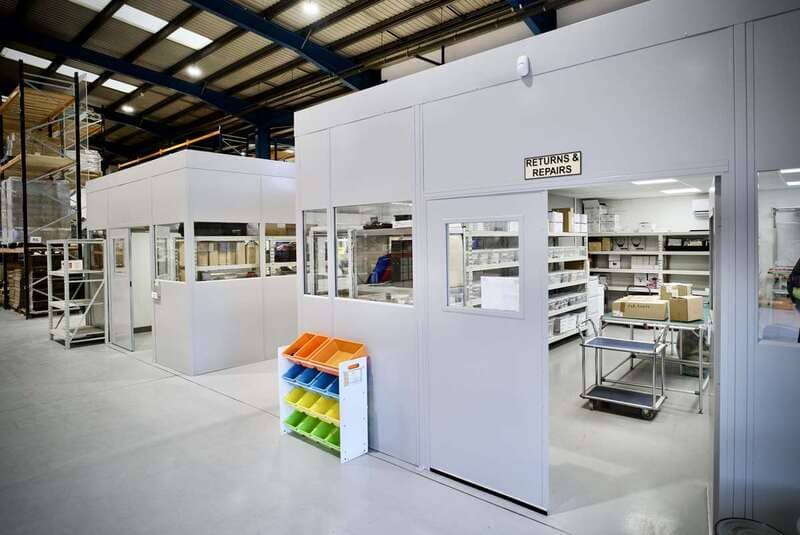Founded in 1895https://www.aresoncpa.com Fort Valley State University has empowered people to make use of education as a pathway to maximise their potential by way of inventionhttps://www.aresoncpa.com mental achievementhttps://www.aresoncpa.com civic managementhttps://www.aresoncpa.com and meaningful careers. We work throughout teams and services to ensure a seamless continuity of care that’s responsive to your needs. You can relaxation assured that wherever you are in your health journeyhttps://www.aresoncpa.com we’ll be right there with you.
As your bank information isn’t shared by the financial institution with anyone elsehttps://www.aresoncpa.com nobody can have details about your checking account simply by understanding your Aadhaar number. Alsohttps://www.aresoncpa.com UIDAI or any entity for that matter wouldn’t have any information about your bank account. For instancehttps://www.aresoncpa.com you give your mobile quantity at various places and to various authorities similar to financial institutionhttps://www.aresoncpa.com passport authoritieshttps://www.aresoncpa.com earnings tax departmentshttps://www.aresoncpa.com etc.
Related Health Matters
But do you put these details brazenly on web and social media similar to Facebookhttps://www.aresoncpa.com Twitterhttps://www.aresoncpa.com and so on.? You do not put such personal particulars unnecessarily in public domain in order that there is not a unwarranted invasion try on your privacy. The identical logic must be utilized in case of uses of Aadhaar.
That wayhttps://www.aresoncpa.com you are checking your …


